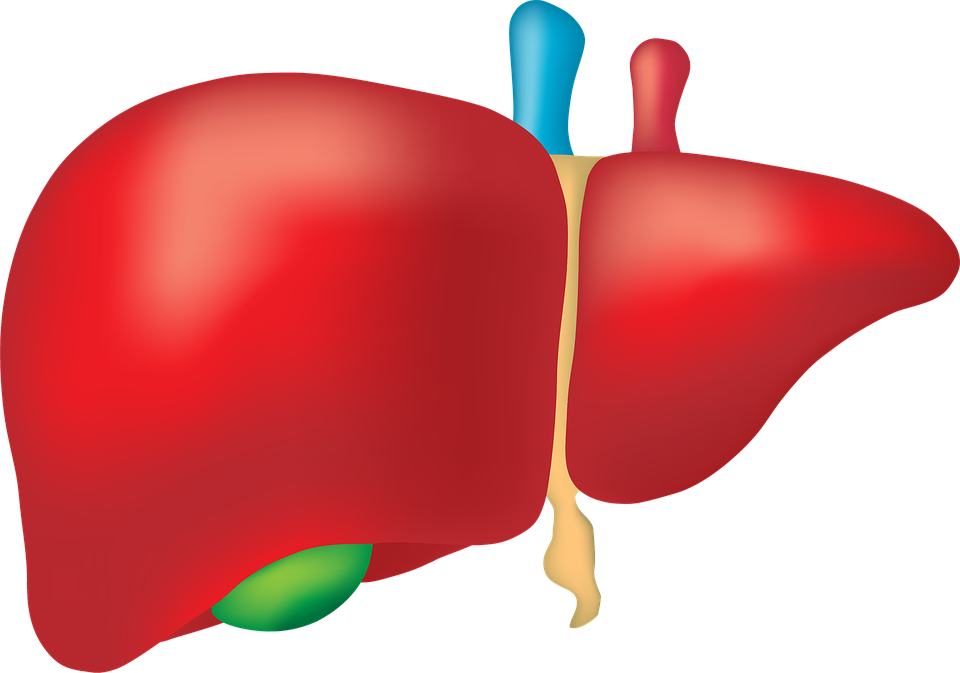Preface
Liver diseases and symptoms, Liver problems and Liver major fact is very important to humans. This is because the liver stays alive for at least an hour after a person dies. Other organs die when the person dies. Now we understand how important the liver is to humans. It is an organ that can regenerate. In this article, we will learn more about liver diseases, their causes, and some precautions to avoid them.

The most important liver diseases
- Jaundice
- Cancer
- Hepatitis
- Fibrosis
- Genetic conditions
JAUNDICE
Caused either by the excessive production of bilirubin or by the inability of the Liver diseases and symptoms, Liver problems, and Liver major fact to excrete the bilirubin. Excessive bilirubin production is called hyperbilirubinemia. This results in yellowing of the skin and the whites of the eyes, which turns green if left untreated.
There is no specific age group that can develop jaundice; it can occur in any person in any age group. Some precipitating factors for jaundice may include Gallbladder cancer, pancreatic cancer, liver infections, hemolytic anemia, frequent drunkenness [excessive alcohol consumption], and side effects of certain medications.
The main symptoms to watch for in jaundice are fatigue, itching, pale stools, vomiting, persistent fever, dark urine, and abdominal pain.
Newborn infants are more susceptible to jaundice. Within the 48 hours after birth, jaundice affects nearly 60 percent of infants. Bilirubin production in infants is quite high because erythrocytes are rapidly formed and destroyed, and because infants’ livers are underdeveloped at this stage, they cannot process much bilirubin, resulting in jaundice.

LIVER CANCER
The development of cancer in the liver is called primary liver cancer. Although liver cancer is not that common, people with dark skin color are more prone to this type of cancer than people with white or black skin. This cancer can be divided into 3 types: HCC, IHC, and angiosarcoma.
Hepatocellular carcinoma; accounts for almost all liver cancers [HCC]. Intrahepatic cancer; cancer in the bile ducts [IHC]. Angiosarcoma is the rarest of all liver cancers, accounting for 1 percent of all liver cancers. It arises in the lining of blood cells that cover the liver
The first two types are more common in men than in women, and the age criteria range from 55 to 64 years.
HEPATITIS
Inflammation of the liver can be caused either by infection with viruses or parasites or by the use of certain medications. Hepatitis is designated as A, B, C, D, E, F, and G. Types A, E, and F are caused by viruses transmitted through contaminated water and ingestion of food, while the others are transmitted through contact with contaminated blood or body fluids.
Types B, C, and D are due to the ingestion of certain medications or drugs, especially alcohol consumption.
Hepatitis also leads to autoimmune reactions if not diagnosed adequately in the early stages. An autoimmune reaction occurs when immune cells cannot distinguish between foreign and the body’s cells and try to stop the body’s reactions.
Symptoms of this condition may include abdominal pain, fever, nausea, vomiting and loss of appetite, skin rashes, and joint pain. This can last from a few days to several weeks.

Conclusion
As mentioned earlier, we have learned about liver disease and the factors that cause it. In the next post, we will look at the other diseases.
Human Liver functions // Liver anatomy // physiology
Amazing fact honey // Natural honey // Glance of honey
Prevent to stomach ulcers // ulcer symptoms // food
Natural way to cure stomach ulcers // mouth ulcers
Unique benefits of honey // lemon with honey
